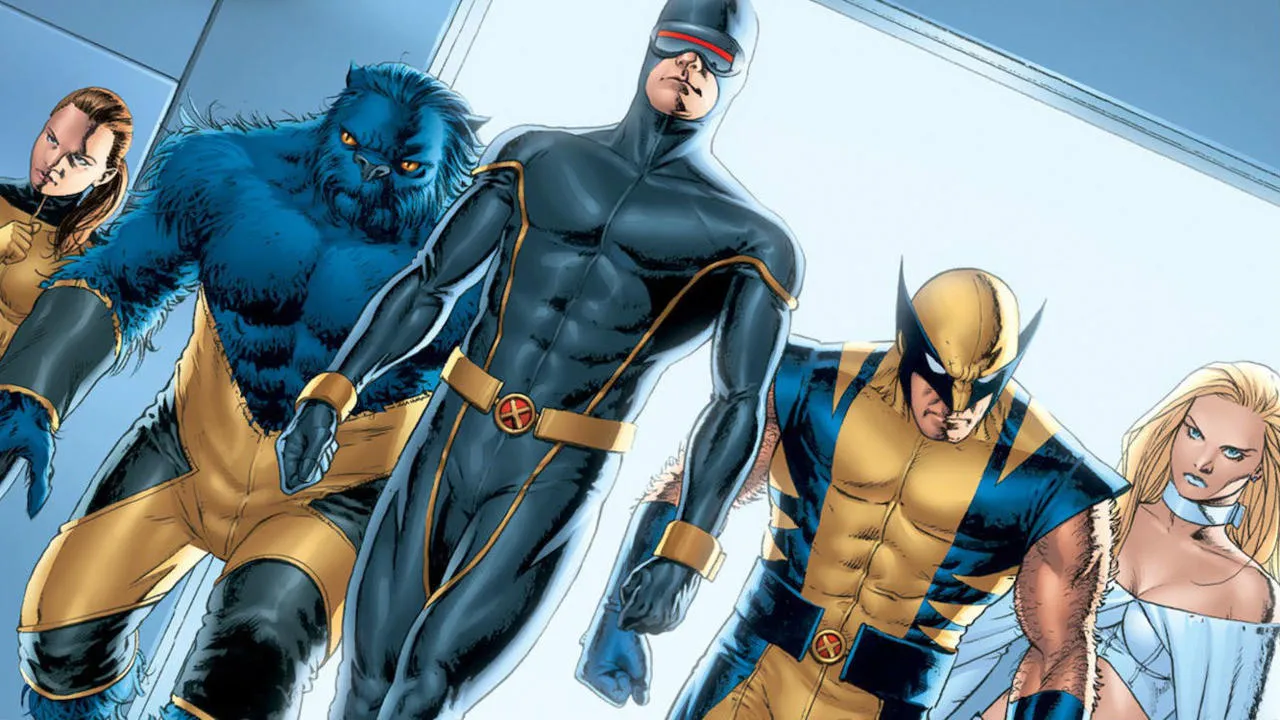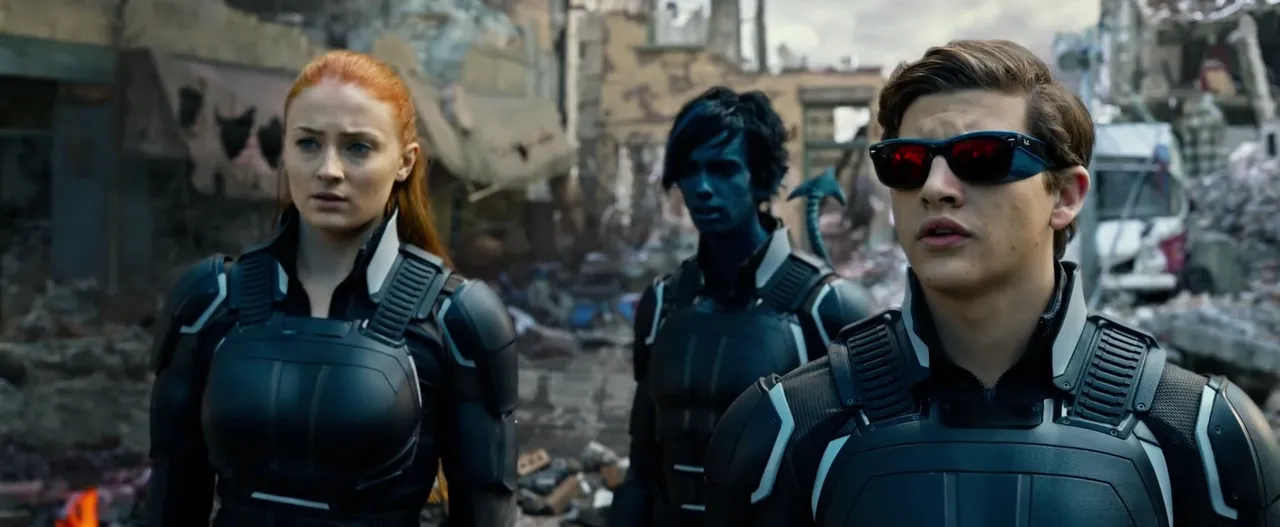By Shannon Serpette
Stan Lee is the genius behind many of Marvel’s top heroes, including the Incredible Hulk, Spider-Man, Black Panther, Daredevil, Doctor Strange, Fantastic Four, Iron Man, and Thor. By 1963, Lee was performing two jobs as the editor-in-chief and head writer at Marvel Comics.
As he tried his hand at creating more heroes, he began to envision the characters who would form the basis of the X-Men – with some help from artist and co-writer Jack Kirby. But they were all so different, he wasn’t sure how he would explain so many people ending up with powers. It couldn’t be as simple as a bite from a radioactive spider like it was with Spider-Man. And they wouldn’t be from another planet such as Superman or be a god like Thor. That required a unique explanation, and looking back decades later, Lee has said in interviews he decided to take the easy way out.
Lee relied on genetics as the trigger, explaining the X-Men had mutations which gave them their power. It was a simplistic explanation, but an intriguing one. In science, even though it wasn’t as advanced at the time Lee created his mutants, real mutations occur frequently, in people and in animals. And species are constantly evolving over time.
The characters who appeared in that first X-Men comic were Angel, Beast, Cyclops, Iceman, Jean Grey, who was called Marvel Girl, and Professor X. Magneto was in that first comic as the villain.
But unlike Lee’s other superpowered creations, the X-Men weren’t soaring in popularity. It wasn’t until the 1970s that the team really started to gain traction.

Why the X-Men Struck a Nerve
Perhaps more so than any other comic of its time, the X-Men tackled themes and issues with a head-on ferocity.
Prejudice was the underlying theme of the X-Men, with non-mutant humans living in fear of the mutants who can appear outwardly different, like Nightcrawler, or may look just like anyone else they encounter, like Jean Grey. Lee choosing to tackle bigotry was a timely and gutsy decision, with segregation still a huge problem in the 1960s when the X-Men were created.
On top of that issue, the X-Men’s leader, and one of the most powerful mutants, Charles Xavier, was a man in a wheelchair. This was long before there was such an emphasis on how people with disabilities can do anything that people without disabilities can do. To see a hero, and a leader, have a disability may have influenced a lot of impressionable minds when the X-Men comics were read in the 1960s, 70s, and even 80s by children everywhere.
While some villains can come off as unsympathetic and one dimensional, Magneto was later given an interesting backstory that easily explains why he is quick to believe the worst about non-mutant humans. He was a prisoner in a Nazi concentration camp where he saw unspeakable evil.
Even without the themes and issues that read like they were ripped off the pages of the newspapers at the time, the X-Men were different enough to reel in readers. It felt empowering as a child to read those comics starring characters who would otherwise be ordinary people, if it weren’t for their genetic mutations. How many of us as children wondered if we also might have latent genes that would one day reveal themselves and that we’d find out we possessed extraordinary abilities? How many of us, even as adults, still hold a glimmer of hope that we might still – even though we know the basics of science now at our age.

That was the power of the X-Men – it seemed possible. We didn’t have to be playboy millionaires to buy our way into powers. We didn’t have to wander our way into laboratories just hoping a radioactive spider would bite us and change our life forever.
A Reboot of Sorts
With sales from the X-Men comics not doing as well as the other heroes gracing the pages of Marvel comic books, it was time to shake things up in the mutant world. In 1975, a new team of X-Men were unveiled. Cyclops was still a main character, but others were added as well, including Colossus, Nightcrawler, Storm, and Thunderbird. Joining the fray were other characters who had previously appeared in the X-Men or other Marvel comics – Banshee, Sunfire, and Wolverine.
Wolverine, who went on to become the most popular of the X-Men, first appeared in an Incredible Hulk comic in a small role in 1974. With his tough talk, eye-catching yellow and blue outfit, and sharp claws coming out of his hands, Wolverine was a loner – something that was appealing to his audience of followers.
But Wolverine wasn’t the only unlikely superhero out of the bunch. Unlike the traditional heroes featured in comics at this time, these new X-Men characters had different nationalities. The X-Men had become a giant melting pot, which was giving children a chance to expand their horizons a bit while taking in their favorite comics.
Despite Wolverine’s popularity, it wasn’t until the 1980s that he managed to land his own comic.
The X-Men Movies
Superman and Batman, DC Comic’s two biggest heroes, had been through many movies before the first X-Men showed up on the silver screen in 2000. The X-Men were able to land their movie before Spider-Man received his first movie in 2002, starring Tobey Maguire. They also were featured in film before other Marvel powerhouses such as the Incredible Hulk, Iron Man, Thor, Fantastic Four, Daredevil, and Doctor Strange.
After the raging popularity of the first X-Men movie, more soon followed. The second was released in 2003, followed by X-Men: The Last Stand in 2006, X-Men Origins: Wolverine in 2009, X-Men: First Class in 2011, The Wolverine in 2013, X-Men: Days of Future Past in 2014, X-Men Apocalypse in 2016, and Logan in 2017. More X-Men films are on the horizon, and Marvel is unlikely to stop with its onslaught of mutant films since they have consistently proved to be one of its most successful franchises.
